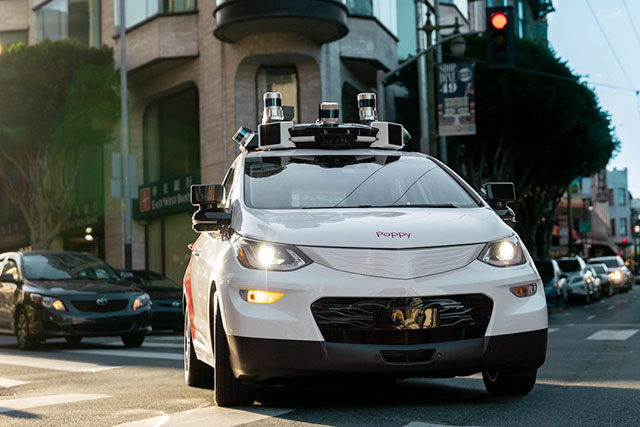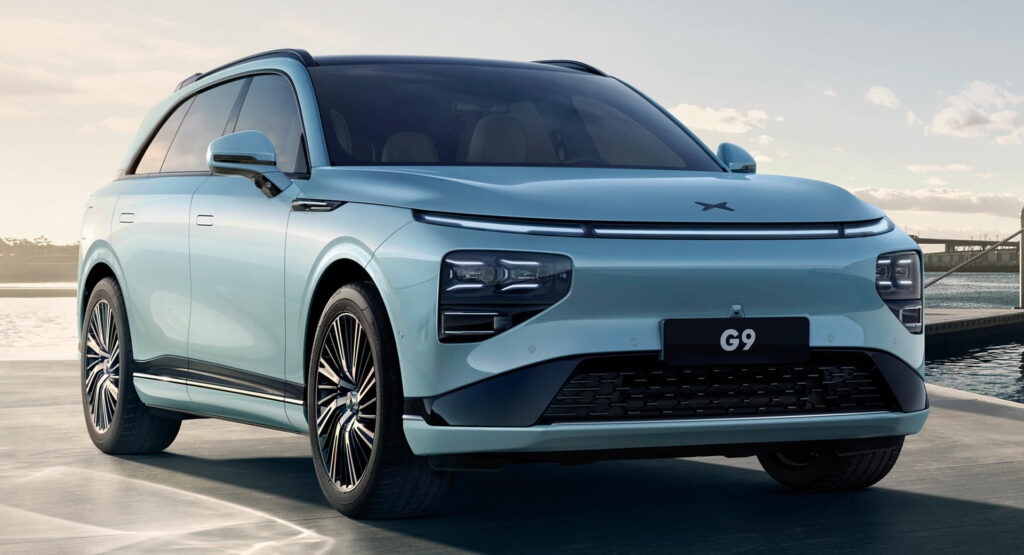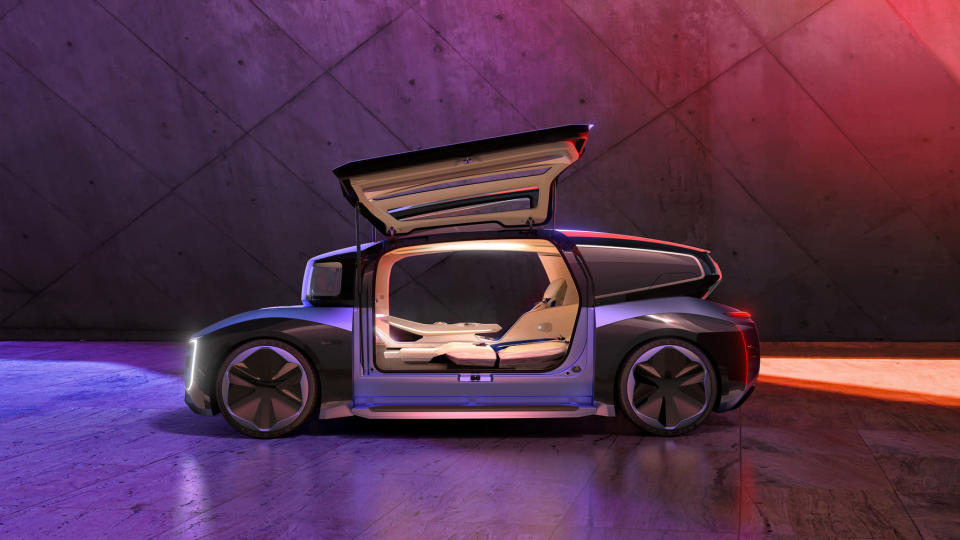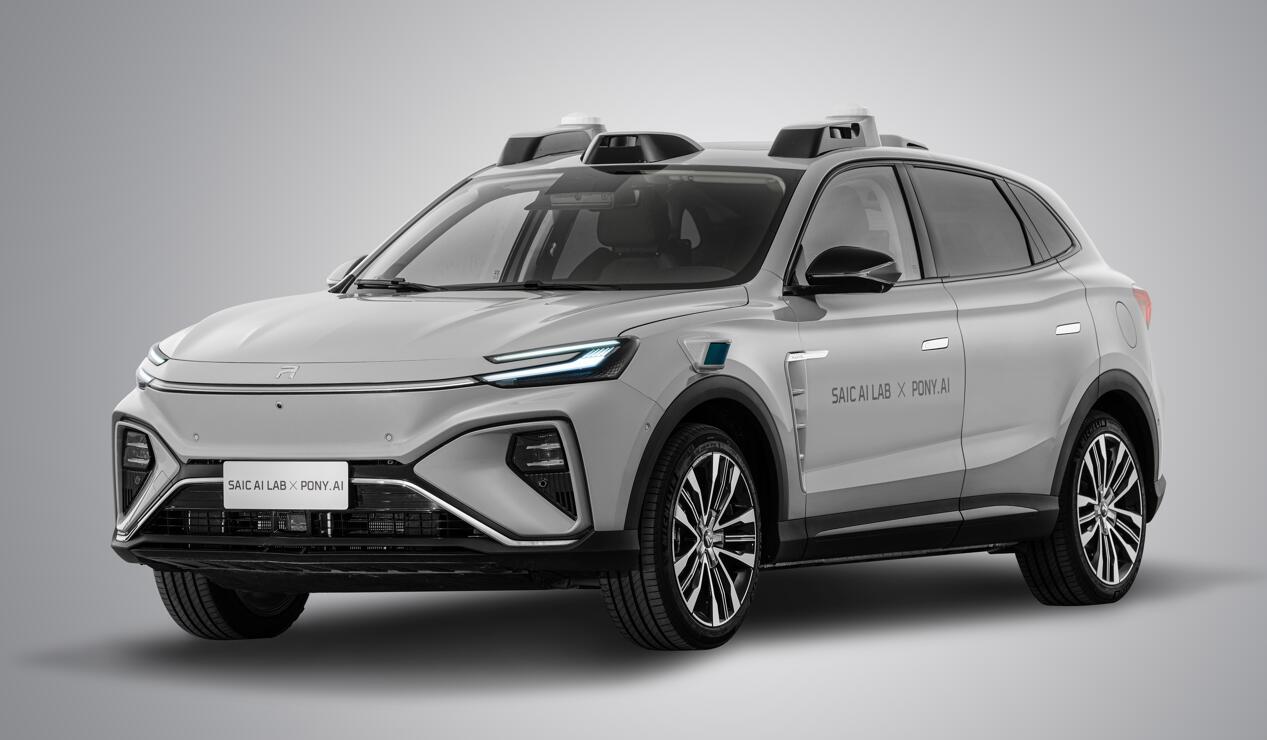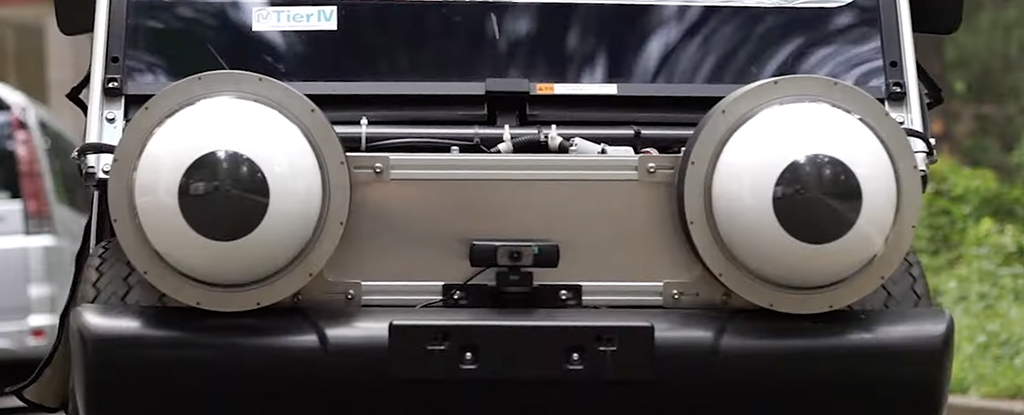Tired of struggling to negotiate a better chip supply deal, Cruise, the autonomous driving unit of General Motors has developed its own chip for its upcoming self-driving vehicle. Cruise’s Head of Hardware Carl Jenkins told Reuters recently that Cruise is currently using its chips from Nvidia but the upcoming Robotaxi Origin will use a self-developed chip.
“Two years ago, we paid a lot of money for a GPU from a well-known vendor,” Jenkins said. “There are no negotiations because our volume is small. We can’t negotiate at all. That’s why I said, okay, then we have to control our own destiny.”
While Jenkins declined to say how much Cruise had invested in developing his own chips, he said the company would recoup the costs by increasing production of cars that use multiple chips. Cruise chief executive Kyle Vogt added that the chip would help Origin “reach the sweet spot from a cost perspective” by 2025 and noted that it would make private ownership of autonomous vehicles viable.
Four types of chips have been developed by Cruise himself. The first is dubbed Horta and acts as the car’s brain while the second, Dune, processes data from the vehicle’s sensors. A separate chip has also been developed for the radar and details about a fourth chip will be announced at a later date. It is understood that these sensors and chips will reduce the power consumption of Cruise vehicles.
Cruise’s silicon division head, Ann Gui, said the technology company was working with chipmakers in Asia to manufacture new chips on a large scale, without naming the chipmaker. He added that the Horta chip is based on the ARM instruction set architecture but noted that Cruise is looking at the open-source RISC-V system for future development.
General Motors’ Cruise Robotaxi Unit has lost almost $5 billion since 2018

